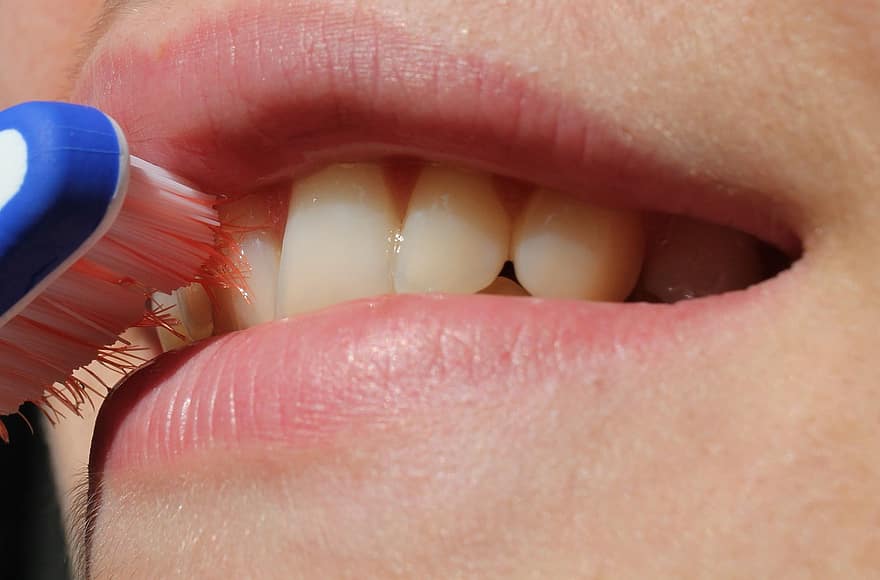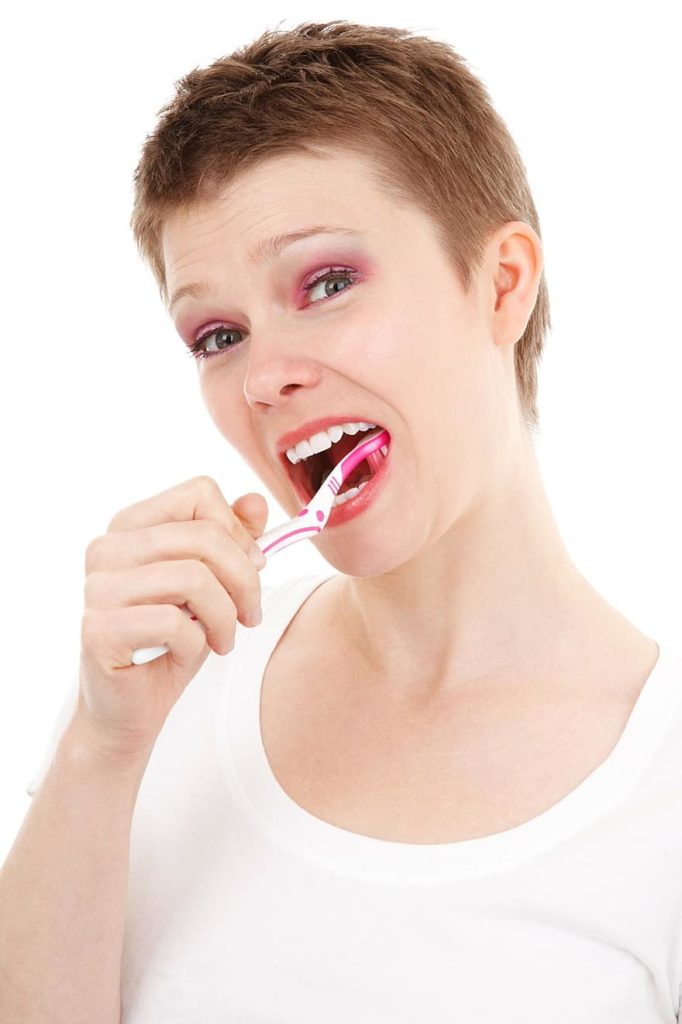Summary
– The risks of poor oral hygiene
– Tips for good oral hygiene
– Brushing your teeth: the daily gesture of oral hygiene
– Oral hygiene: dental floss and plaque removers
– Is Sensodyne ‘Fresh & Repair’ effective?
Oral hygiene is an essential gesture of good personal hygiene, involving daily cleaning of the teeth with a toothbrush and toothpaste and can eventually be completed with a mouthwash.
Risks of poor oral hygiene
Poor oral hygiene can lead to:
– diseases of the gums, called periodontal disease;
– Oral cancer, which is promoted by tobacco and alcohol;
– halitosis, i.e., bad breath.
Good to know: studies have also shown a close link between Alzheimer’s disease and periodontitis and that poor oral hygiene could be enough to make the patients pass from the stage of mild cognitive deficit to dementia.
Tips for good oral hygiene
To reduce the risks associated with poor oral hygiene, it is therefore advisable to:
– have a balanced diet, with a daily intake of fruit and vegetables, and to limit the intake of sugars;
– stop smoking;
– limit alcohol consumption;
– clean your teeth at least twice a day;
– consult a dental surgeon regularly.
Brushing your teeth: the daily gesture of oral hygiene

It is recommended for good oral hygiene to brushing your teeth at least twice a day, for 3 minutes, in the morning after breakfast and the evening before bedtime. Ideally, tooth brushing should be done after each meal to prevent the formation of plaque and cavities.
To brush well and not forget some, it is recommended to follow the same ritual with each brushing. You can always start with the upper right teeth and finish with the lower right teeth. For an effective brushing with a traditional manual toothbrush, it is necessary to:
– brush the lower teeth and the upper teeth separately;
– place the toothbrush 45 degrees compared to the teeth, the hairs turned towards the gums;
– brush from the gum to the teeth;
– make slow rotating movements always vertically;
– brush the inside and outside of each tooth;
– finish by the top of the teeth, with a horizontal to-and-fro movement.
A small amount of toothpaste, which covers the toothbrush’s bristles, is sufficient for effective brushing. The toothbrush should be changed as soon as the bristles bend. Therefore, it is generally advisable to change the toothbrush every three months, but it all depends on how you use it.
Oral hygiene: dental floss and plaque removers
Toothbrushes do not always remove the residue and plaque from the interdental spaces. Eventually, this can lead to gum inflammation.
– To finish brushing, you can use dental floss or brushes when there is enough space between your teeth.
– To check the quality of the brushing, there are dental plaque removers available. The product, sold in liquid form or tablets, colors the dental plaque residues and makes it possible to rectify the brushing. The dental plaque developer can be purchased in pharmacies. It is necessary to count $3 for the box of 12 tablets.
Is Sensodyne Fresh & Repair effective?
Sensodyne Repair & Protect toothpaste relieve dental pain and protect teeth. The taste and freshness of the toothpaste are exceptional. The texture and foam are better compared to other Sensodyne varieties. Even though the quality/price ratio is higher, I highly recommend this toothpaste.
I tested Sensodyne Fresh & Repair, and I found it very effective as it resulted in greater surface microhardness of the enamel than fluoride. I highly recommend it to all those who have sensitive teeth.


